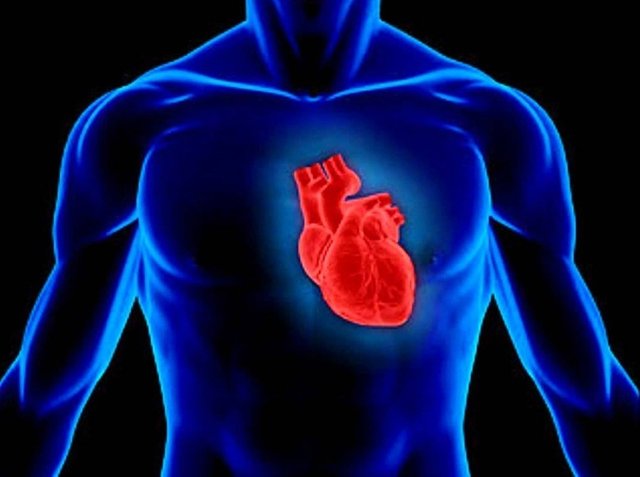Heart athlete: the impact of strength exercises on the myocardium
Doctors have been conducted many studies that as a "test" were siloviki-athletes, weightlifters and bodybuilders and athletes: runners, tennis players, swimmers, etc. When examining their cardiovascular system, attention was drawn to the fact that the heart of people who are exposed to physical stress, begins to morphologically and functionally differ from the heart of ordinary people.
Sporting at the level of professionals is unequivocally recognized by doctors and scientists as unfavorable for health, because athletes who train for the sake of records have to overcome such serious burdens that even the rest did not dream of. The history of professional sports has preserved many cases when famous athletes died in everyone's eyes, it is unclear from what. Only later it was established that the cause of death was the heart disease, which until now was secretive. That's why doctors are opposed to professional sports, and recommend for recovery relatively small loads that are 30-40% of the maximum.
So, there are two basic conditions occurring in the heart muscle during training: athletes, athletes often shows enlargement of the left ventricle and hypertrophy of its walls (It is manifested by bradycardia at rest); in weightlifting and lifters experiencing predominantly nizkodinamicheskie and static loads (especially accompanied delay expiratory during overvoltage) heart over time pathologically changed - the left ventricle increased in size, and its contractile capacity decreases.
The strength of myocardial contraction varies according to the Frank-Starling law. This law says: "the stronger the muscle is stretched before contraction, the more intensive its subsequent contraction". However, if the left ventricle is subjected to strong pressure of blood (because when static muscle contraction heart harder to push in their blood, thus increasing its amount remains in the cavities of the ventricles) systematically, he gradually loses its ability to fairly drastic reduction - stagnant blood in the heart cavity, further exacerbates the situation.
Physiology distinguishes two main types of muscle contractions: dynamic and static. During static loads, the length of the muscle fiber does not practically change, while with dynamic loads it changes over a large range. So, powerlifting, weightlifting and (to some extent) bodybuilding are characterized by the predominance of static loads, while athletics are dynamic. In this case, the blood flow in the muscle tissue increases at times, the blood does not stagnate at the periphery, but quickly returns through the venous system back to the heart - this is facilitated by the pressure of periodically contracting muscles on the vessel wall. There is, as it were, a "second heart", which helps the first (and basic) to carry out its function.
With frequent static loads while having the power of sport to the prolonged constant tension in the muscles during exercise arteries and veins that are in them, are squeezed, therefore the heart need to make more efforts to push the blood through the vessels. Also, many athletes-siloviki have arterial hypertension of varying degrees - this is another consequence of constant and prohibitive static loads.
A very dangerous moment is the abrupt termination of sports. As soon as you abandon training, the process of weakening all muscles starts, including the muscles of the heart. This can provoke, among other things, the development of heart failure.
In conclusion: do not exercise too often with extreme weights; alternate "heavy" and "light" workouts; combine strength training and aerobic exercise; Do not throw at the same time doing sports - if there was such a need, then do this by gradually reducing the load, for example, for a month.